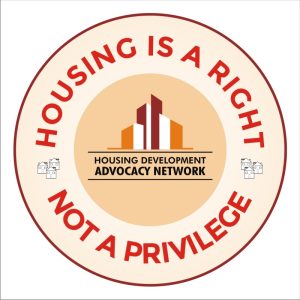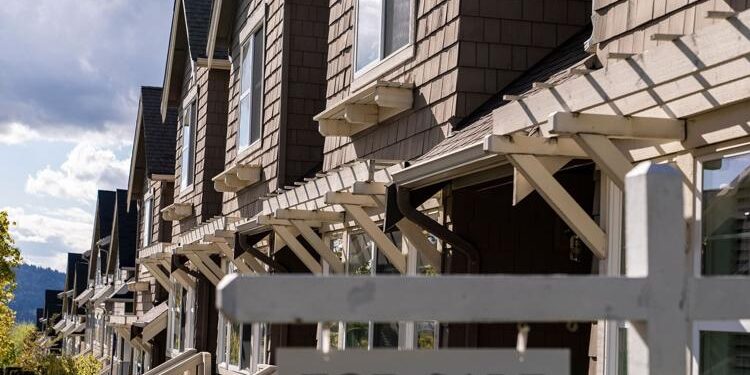Mortgage rates in the United States have surged past the 7% mark, marking their highest level since May 2024. This increase has sent ripples through the housing market, with both potential homebuyers and existing homeowners grappling with the implications of rising borrowing costs.
According to Freddie Mac’s weekly survey, the average rate for a 30-year fixed mortgage climbed to 7.04% during the week ending January 16. This represents the fifth consecutive week of rising rates, a trend that has further tightened an already challenging housing market.
The current average rate stands almost a full percentage point higher than it was in late September, a period when the Federal Reserve began implementing interest rate cuts. The latest rise in mortgage rates is closely linked to an uptick in the yield on the 10-year US Treasury note, which has been driven upward by persistent inflationary pressures.

While a slight dip in Treasury yields occurred on Wednesday following the release of the Consumer Price Index (CPI) data, which showed that inflation is back on a downward trajectory, it was not enough to offset the broader upward trend. The Federal Reserve has signaled only two potential rate cuts in 2025, likely to come later in the year, leaving little room for immediate relief in borrowing costs.
For prospective homebuyers, the impact of higher rates is compounded by near-record home prices and rising home insurance premiums in several regions. First-time buyers and low-income households are bearing the brunt of these challenges, especially in metropolitan areas like New York and San Diego, where rapid price growth has made affordability even more elusive.
Economists remain cautious about the outlook for the housing market. Many predict that mortgage rates will remain above 6% for the foreseeable future, with little expectation of significant relief before 2026. “The underlying strength of the economy is contributing to this increase in rates,” said Sam Khater, Freddie Mac’s chief economist.
Khater noted that despite the challenges posed by rising rates, there are ways for consumers to mitigate costs. “Freddie Mac research has shown that shopping around for different lender quotes can result in significant savings for buyers,” he added.
The rise in rates also reflects broader trends in the US economy, where a strong labor market and steady consumer spending have supported inflationary pressures despite the Federal Reserve’s efforts to bring inflation back to its 2% target. While the central bank has made progress, the housing market continues to feel the weight of these macroeconomic forces.

In addition to higher borrowing costs, many buyers are contending with increased costs for essentials like property insurance, particularly in states prone to natural disasters. These additional expenses are squeezing already-tight budgets and pushing some would-be buyers out of the market altogether.
The 7.04% mortgage rate figure is a stark reminder of the challenges facing the housing sector as it navigates the combined pressures of inflation, interest rate policy, and persistent affordability issues. With little relief in sight, prospective buyers and industry stakeholders alike are bracing for another tough year in real estate.



